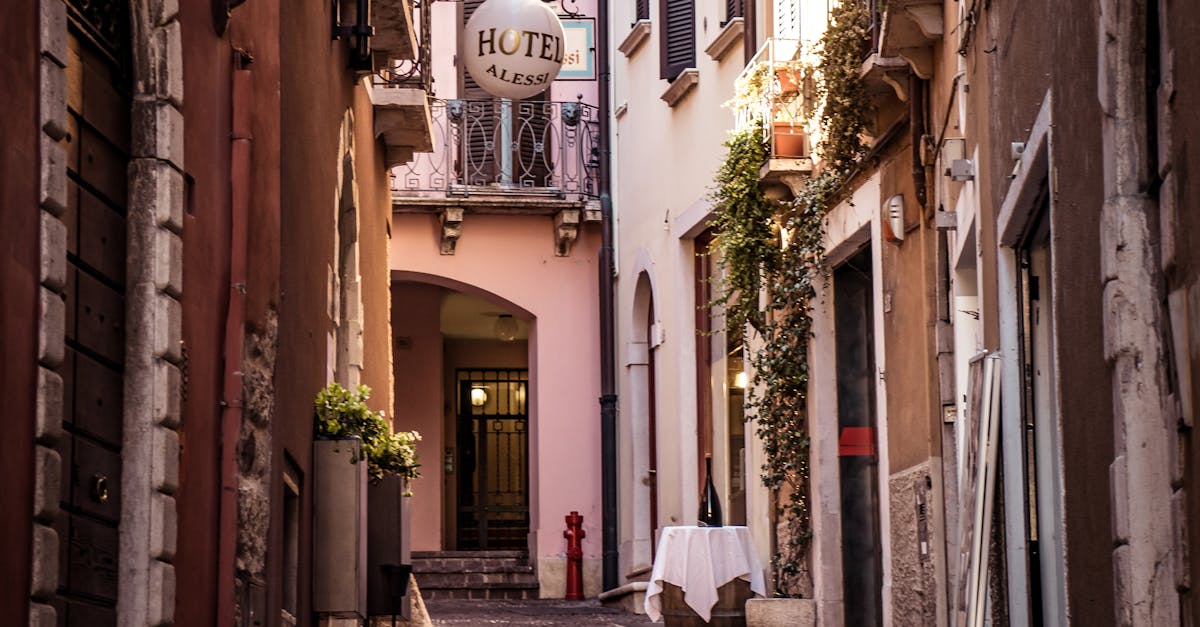
Table Of Contents
indestructible. Over time, wear and tear from foot traffic, weather conditions, and other environmental factors can lead to the need for repairs or replacements. These costs may not be immediately obvious when first installing granite cobblestone pavers, but they are important to consider for the long-term maintenance of your outdoor space.
Repairing or replacing individual cobblestones can be a tedious and costly process, especially if the damage is extensive or if the pavers were not installed properly in the first place. In addition to the cost of the new cobblestones themselves, you may also need to factor in labour costs for removing the damaged pavers, preparing the base, and ensuring that the replacement pavers are installed correctly. Planning for potential repair and replacement costs ahead of time can help you budget accordingly and avoid any surprises down the line.
Hidden Charges of Granite Cobblestone Paver Projects
Granite cobblestone paver projects often come with hidden charges that can catch homeowners off guard. One of the primary costs to consider is the preparation work required before installation. This includes excavation, grading, and compaction of the base, which can add up quickly in terms of labour and material expenses. Additionally, if the existing surface needs to be removed or repaired before laying the cobblestones, these extra tasks can significantly impact the overall project cost.
Another hidden charge associated with granite cobblestone paver projects is the cost of edge restraints and bedding materials. Edge restraints are essential for keeping the pavers in place and preventing them from shifting over time. These materials, along with the bedding layer that provides a stable foundation for the pavers, can increase the total expenditure of the project. Homeowners should factor in these additional costs when budgeting for their cobblestone paving project to avoid unexpected financial strain down the line.
Permits and Inspection Fees
Permits and inspection fees are often overlooked costs when planning a granite cobblestone paver project. These fees can vary depending on the location and scope of the project. It is crucial to budget for these expenses to avoid any surprises during the construction process. Failure to obtain the necessary permits can result in fines or even halting the project altogether. Therefore, it is essential to factor in these costs from the beginning to ensure a smooth and legal construction process.
In addition to the actual permit fees, there may be costs associated with meeting the inspection requirements set by local authorities. These inspections are necessary to ensure that the project complies with building codes and safety regulations. It is important to allocate funds for these fees as they can add up quickly and impact the overall budget of the project. By being aware of and prepared for these permit and inspection costs, you can avoid delays and setbacks in your granite cobblestone paver project.Cobble Stone Pavers
Environmental Impact Costs of Granite Cobblestone Pavers
Choosing granite cobblestone pavers for your outdoor project may seem like a luxurious and durable option at first glance, but it's crucial to also consider the environmental impact that comes with using this material. The extraction of granite for cobblestone pavers involves significant energy consumption and environmental disturbance. Mining granite contributes to habitat destruction, soil erosion, and water pollution, which can have lasting effects on the local ecosystems.
Related Links
Optimizing Value: Getting the Most for Your Money with Granite Cobblestone PaversCopyright © Cobble Stone Pavers. All rights reserved.Budgeting Tips for Using Granite Cobblestone Pavers
Calculating Return on Investment for Granite Cobblestone Pavers
Cost-Effective Maintenance Practices for Granite Cobblestone Pavers
Economic Benefits of Long-Term Investment in Granite Cobblestone Pavers